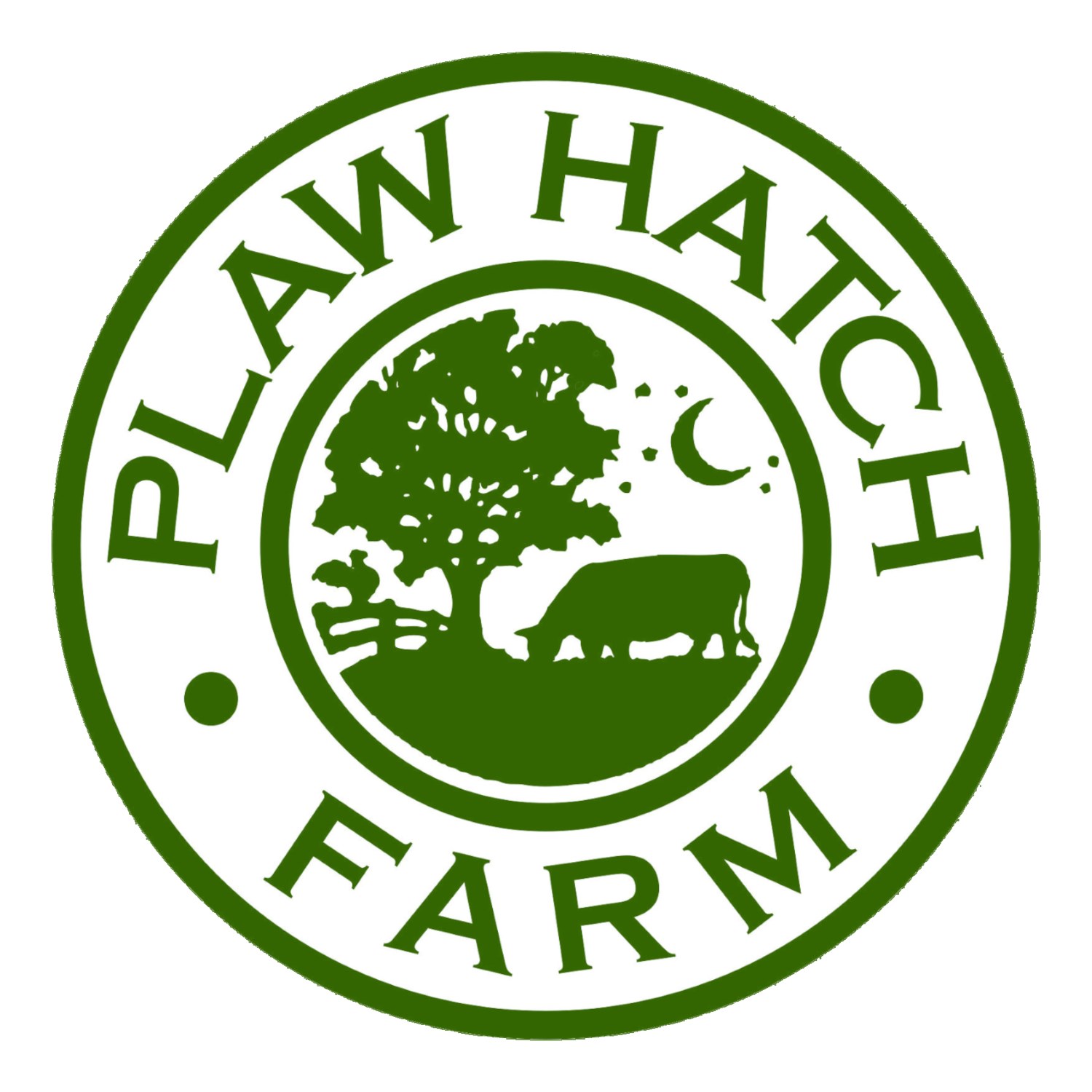Milk as seasonal
TALI EICHNER
When we think of seasonal produce we tend to think of tomatoes, rather than milk. This is fair enough. Traditionally, having a milking animal and a few hens meant you had something fresh every day, even during the hungry gap when most of the vegetables we ate would be from storage, but milk, as well as eggs, still has seasonal patterns which are influenced by a number of factors. We stop milking our cows at least two months before they give birth so they can give their energy to their calf, which means we’re milking half the number of cows leading up to the winter and spring calving times.
How much milk the cows produce is also very dependent on the food they are eating; this is particularly true for our Meuse-Rhine-Issel cows. This breed won’t, as the saying goes, “milk off their backs”. This means that, unlike highly bred milking cows, they won’t continue to produce more milk than they can spare without detriment to their health. We get a flush of milk in May and June when the grass is young and fast-growing. In the winter we are reliant on stored hay and silage. We don’t feed concentrates to increase their milk as this is not what a ruminant’s digestive system is designed for and biologically inappropriate feed can have an impact on both the health of the cows and the qualities of the milk. Last summer, we experienced a severe drought that prevented the grass from growing during an important part of the season for cutting and baling silage and hay and we didn’t manage to make enough, and we had to buy some in. This is enough to see us through the winter and the cows are producing lovely milk from it, but it doesn’t contain much clover and so milk yield has been low all winter.
We haven’t been able to make much cheese since the drought last summer, and it’s meant occasional shortages of some of our dairy products, but happily the cows are doing well and spring is now in sight!




